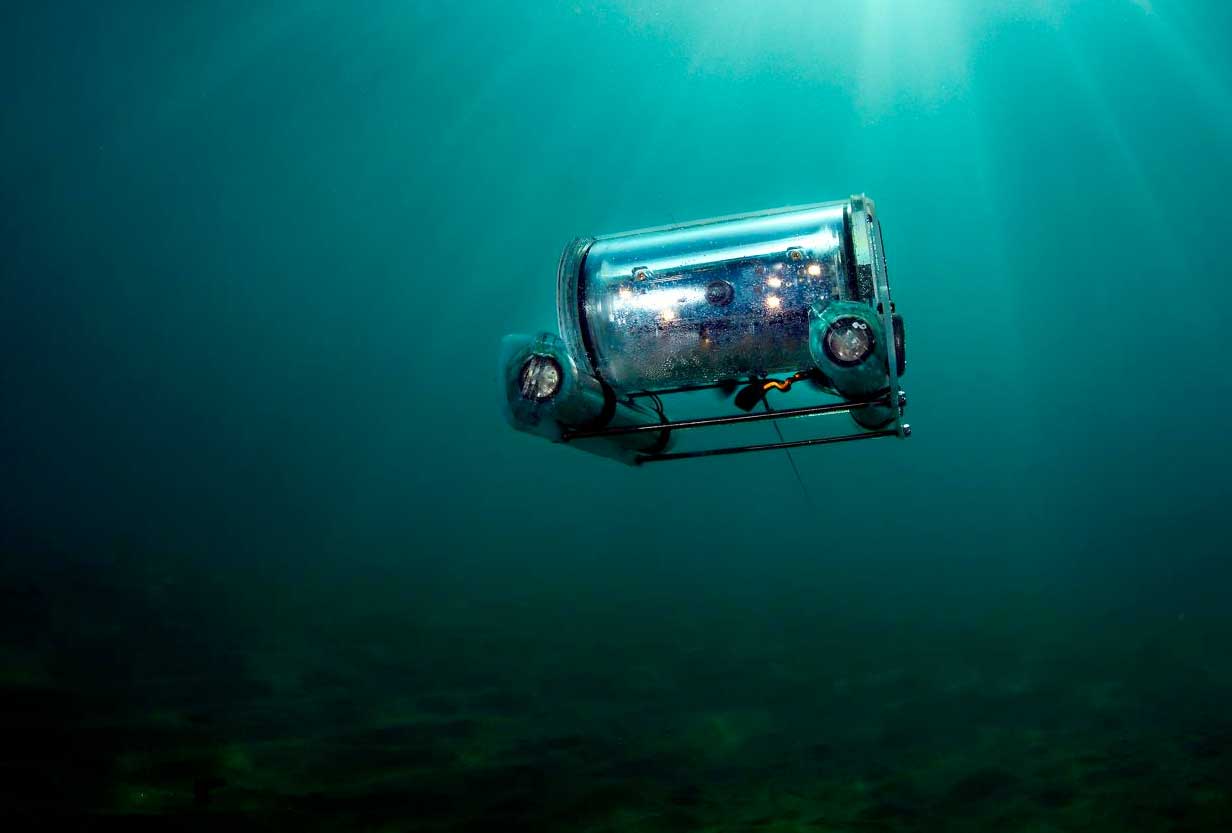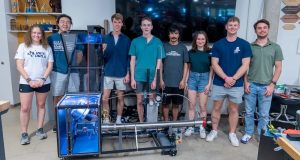MITRE Corporation, an organization to operate research institutes on behalf of the United States that was formed by splitting off from the Massachusetts Institute of Technology (MIT), worked with industry partners to demonstrate how 3D printing can improve underwater acoustic sensing.
The depths of the oceans hold many secrets. Renowned explorers such as Jacques Cousteau and Robert Ballard have always sought to understand the unfathomable of the deep sea. But underwater communication poses major challenges, especially due to acoustics. With this in mind, MITRE’s BlueTech team launched an initiative to improve communications in ocean depths.
A particular focus was the development of “printed” transducers – sensors that transmit and receive acoustic signals underwater. As part of its independent research and development program, MITRE partnered with two key companies in the 3D printing field: MSI Transducers and Lithoz America.
The result of this collaboration was an entirely new technique for 3D printing small ceramic structures used in subsea acoustic transducers. These newly developed transducers have improved characteristics such as sensitivity and bandwidth, making them attractive for specific underwater missions, including autonomous underwater vehicle (AUV) activities.
“This innovation will enable pioneering ways to build transducers with capabilities that were previously only hypothetical,” says MITRE’s Chief BlueTech Strategist Nick Rotker. “It opens up the transducer design space to enable more-capable and more-efficient platforms to gain a better understanding of what’s going on within our oceans.”
Another advance is targeted data transmission in a specific direction.
“It’s the difference between shining a flashlight versus a laser pointer, only with sound,” explains MITRE’s Justin Tufariello, the project’s principal investigator. “Rather than advertising your presence to everyone in the area, a platform can now more covertly transfer acoustic data. That brings many potential applications, especially within the national security communities.”
“This work showcases the importance of knowing the problem space and connecting the right partners to rapidly develop impactful capabilities that could revolutionize undersea operations,” Ballard Smith of MITRE says.
The project is a prime example of how innovation can be driven by collaborative research. Not only does it offer new opportunities for underwater operations, but it also provides a foundation to further shape the future of maritime research.
“We hope this effort will open other cost-effective possibilities for different types of ceramic 3D printing, so we can continue to propel the field of underwater research forward,” Tufariello says.
Subscribe to our Newsletter
3DPResso is a weekly newsletter that links to the most exciting global stories from the 3D printing and additive manufacturing industry.
























